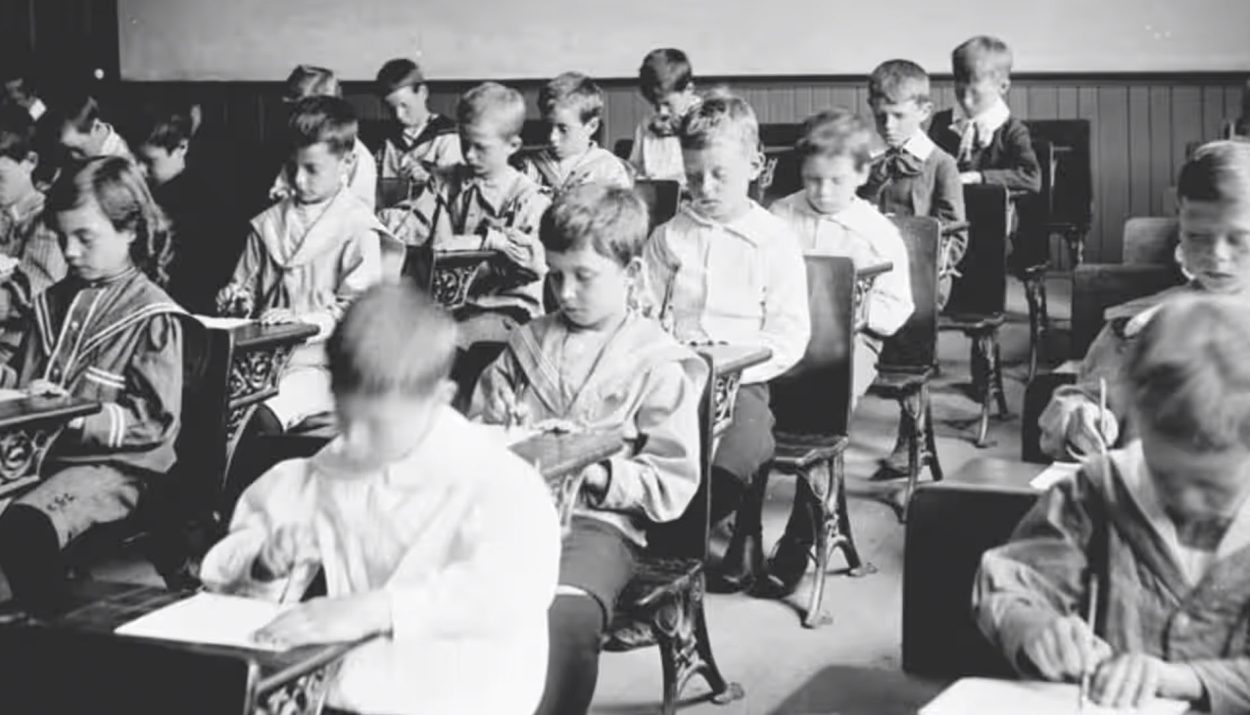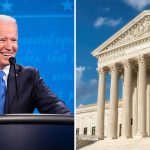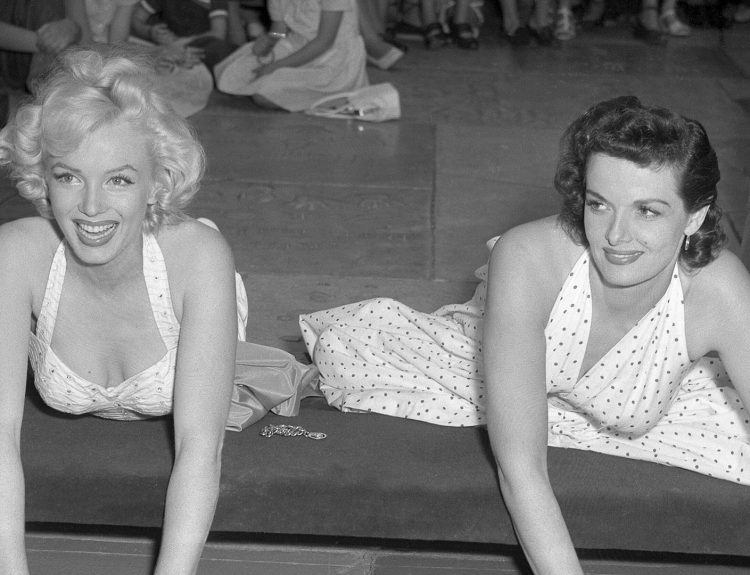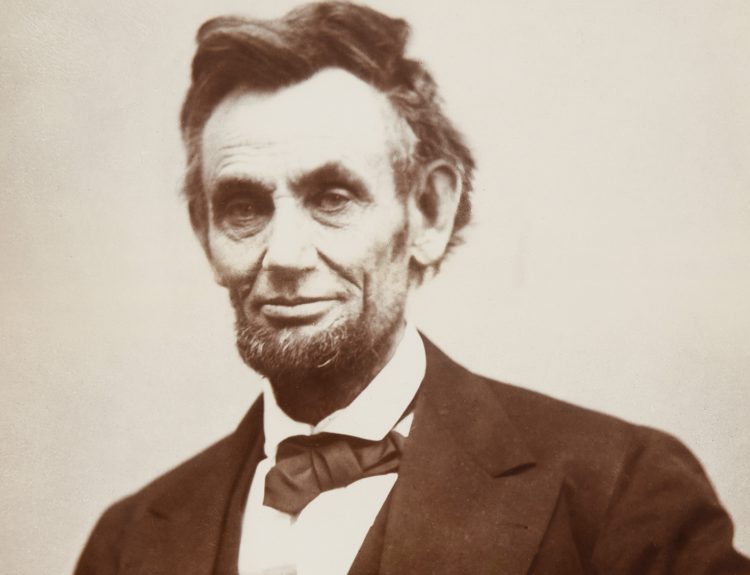Today, we’ve got a special quiz lined up for you. A quiz that reflects the knowledge expected of young minds in the 20th century from a time before smartphones and search engines were even imagined.
We’ve got questions about history to geography to mathematics; let’s see if you can outsmart a middle schooler’s knowledge. Ready to put on the shoes of a 1912 middle schooler? Let’s find out if you can beat the minds of students from generations past.
Q1. What was the largest state in the United States in the year 1912?
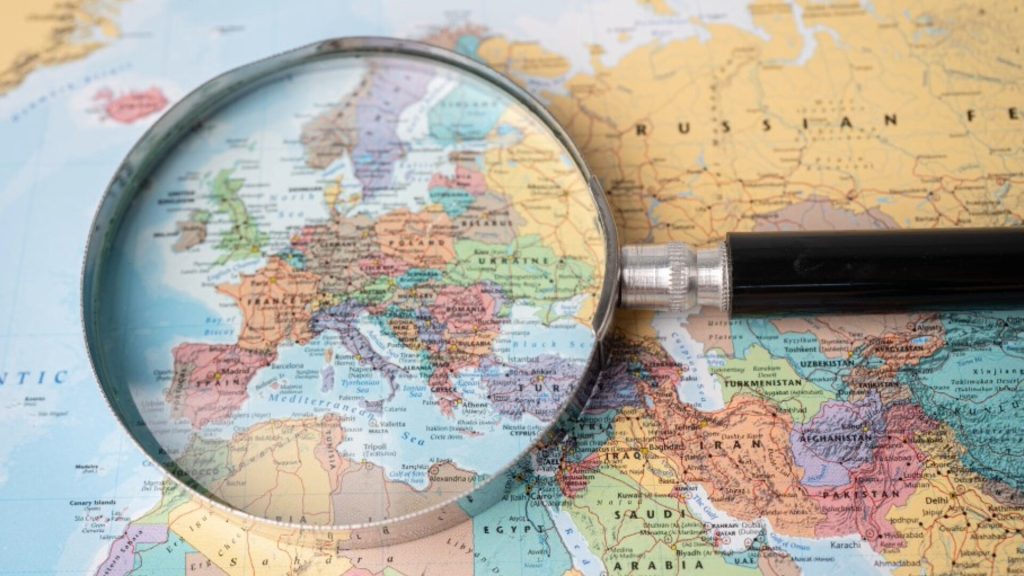
A) Texas
B) California
C) Arizona
D) Nevada
A1. A) Texas
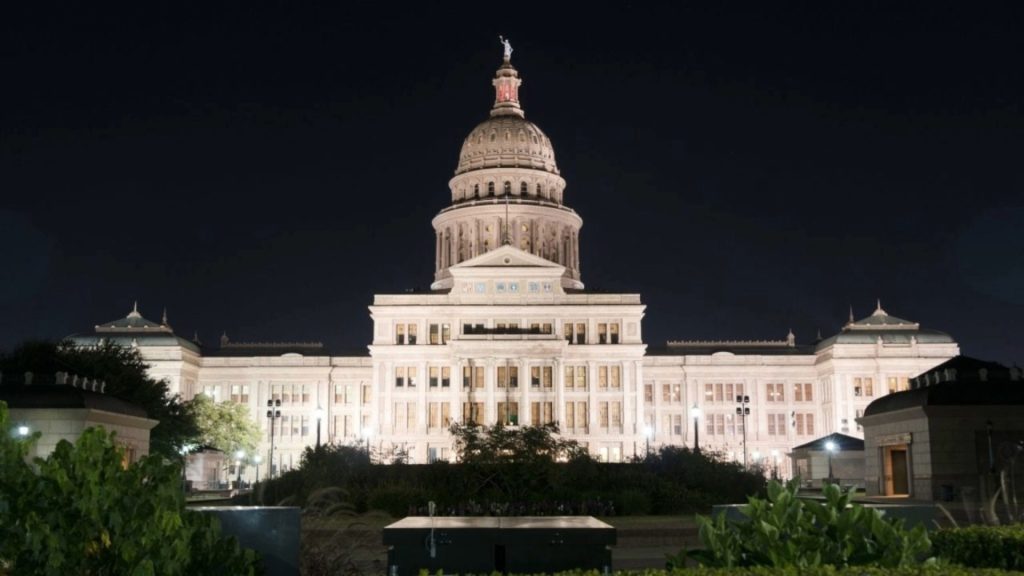
Insight: In 1912, Texas held the title of the largest state, followed by California and Montana as the second and third largest, respectively. However, with the addition of Alaska as a state in 1959, it now claims the spot as the largest state in the USA.
Q2. Which area of the brain regulates equilibrium and balance?

A) Cerebrum
B) Brain stem
C) Thalamus
D) Cerebellum
A2. D) Cerebellum
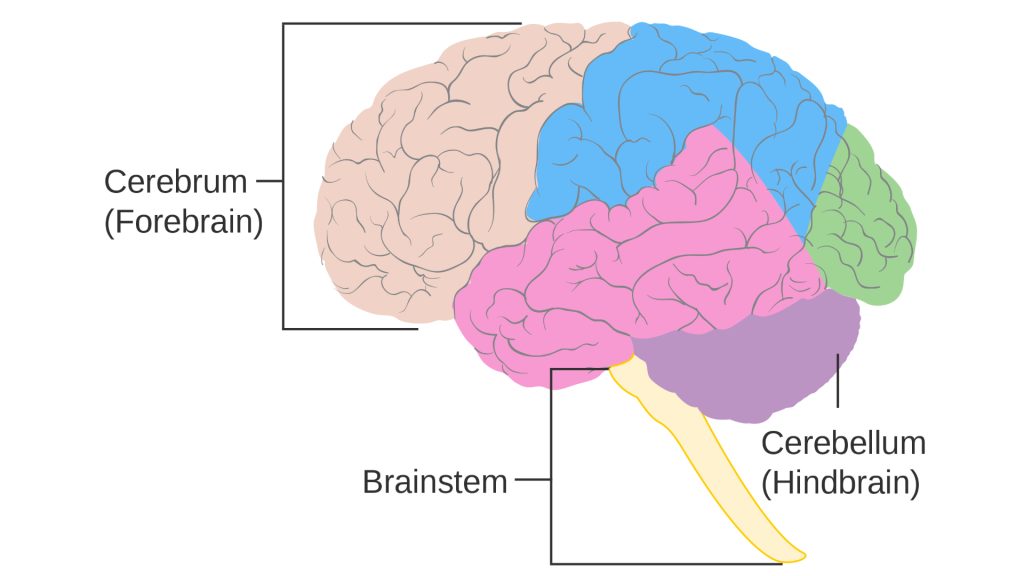
Insight: The answer has not changed since 1912. The cerebellum combines inputs from the ears and positioning sensors in muscles to perform subtle motor adjustments that keep the body balanced.
Q3. Which waterway is linked to Lake Erie by the Erie Canal?
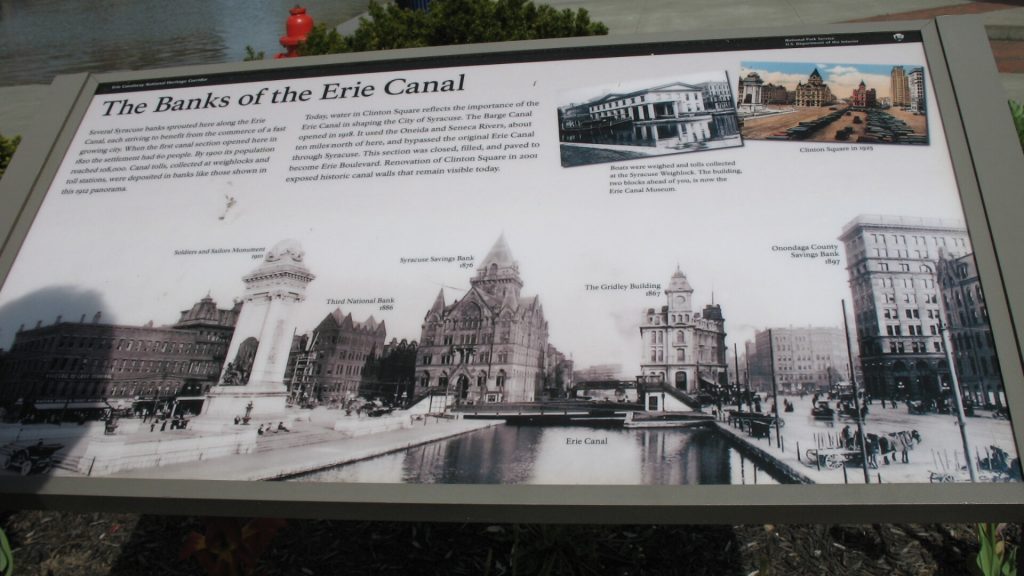
A) the Ohio River
B) the Hudson River
C) the Mississippi River
D) the Rio Grande
A3. B) the Hudson River
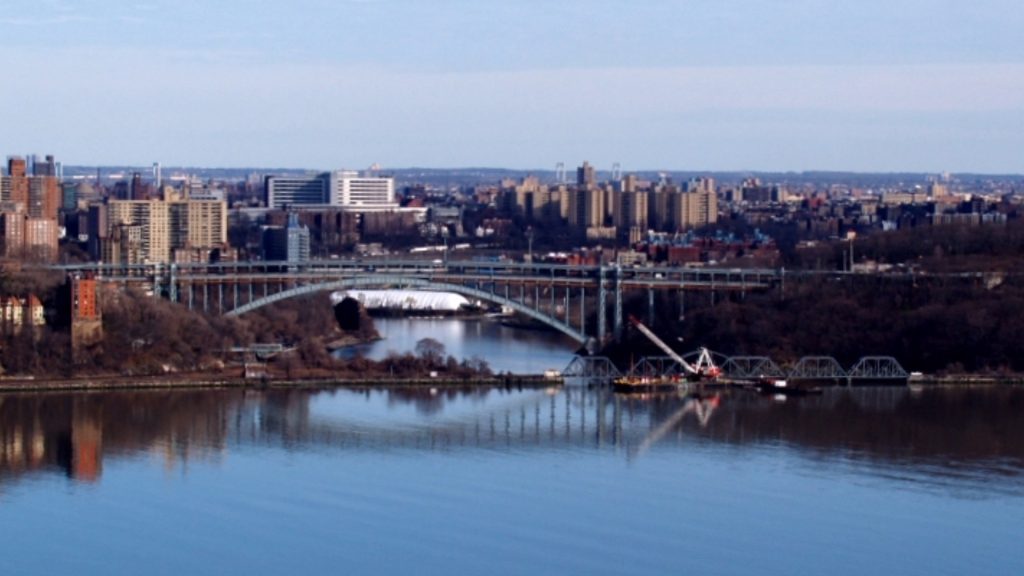
Insight: The Erie Canal, stretches 524 miles across Upstate New York, connecting Lake Erie to the Hudson River. This man-made waterway had a significant impact on commerce during 1912 and enabled shipping from the Great Lakes to the Atlantic Ocean at the time.
Q4. Which of the following represents the number 0.000004 in words?
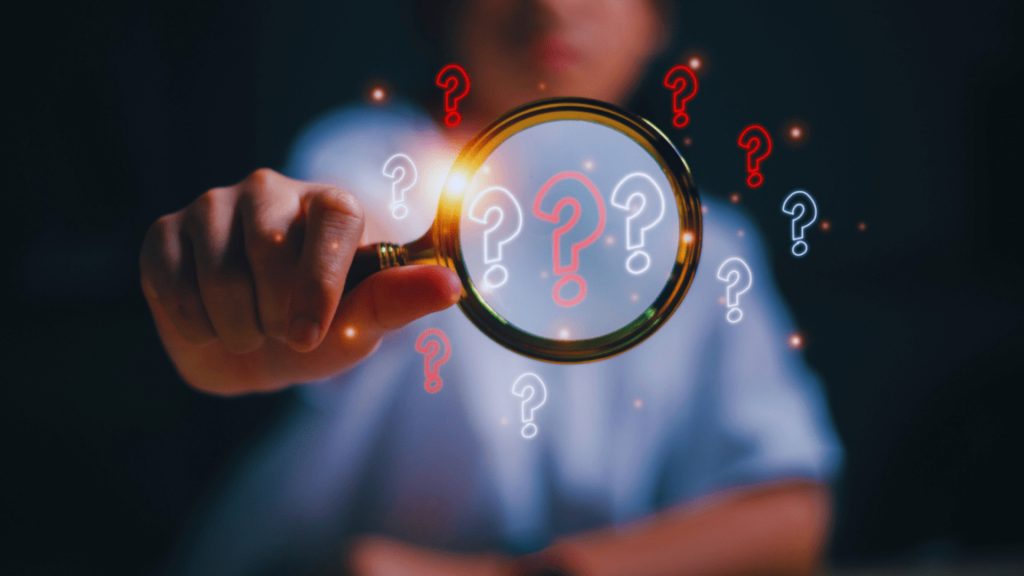
A) four ten-millionths
B) four millionths
C) four hundred-thousandths
D) four ten-thousandths
A4. B) four millionths
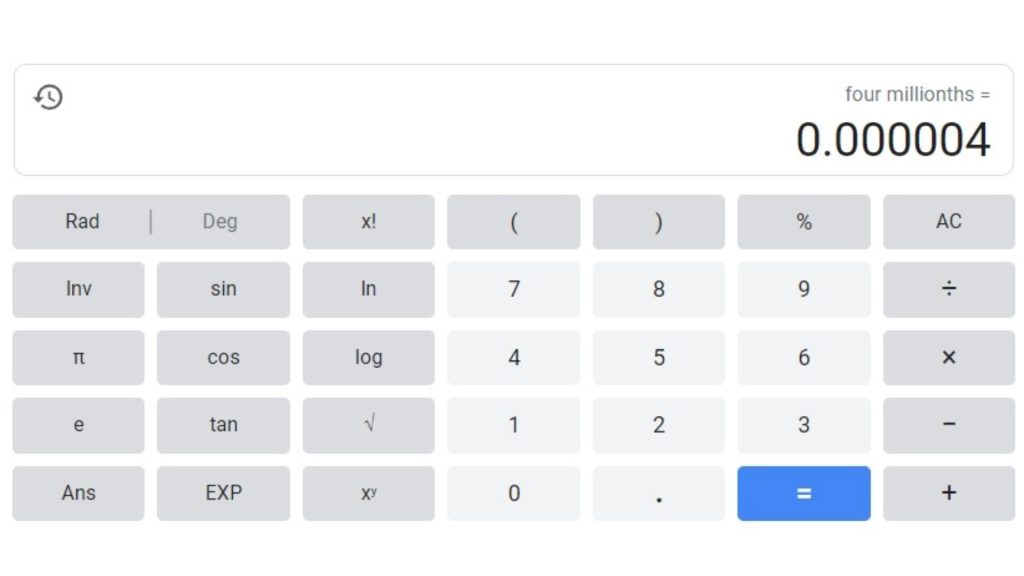
Insight: Following the decimal point, numbers are broken down into tenths, hundredths, thousandths, ten-thousandths, then hundred-thousandths, and millionths. Forming a pattern that extends infinitely.
Q5. “The squirrel ran into the tree,” which word, in the sentence is a preposition?
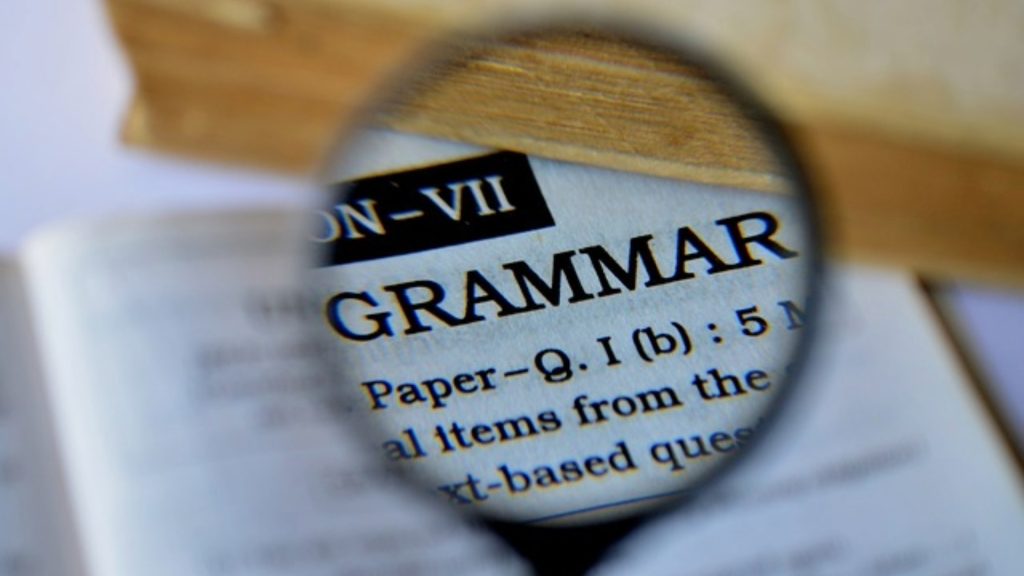
A) squirrel
B) ran
C) tree
D) into
A5. D) into

Insight: One mnemonic strategy for recognizing certain (but not all) prepositions is to consider if the word fits in the line: “The squirrel ran _____ the tree.” If the word fits in the blank, such as in, on, up, by, around, near, under or towards, it is most likely a preposition.
Q6. The Battle of Lundy’s Lane took place during what war?

A) the War of 1812
B) the American Civil War
C) the Mexican-American War
D) the American Revolutionary War
A6. A) the War of 1812

Insight: The Battle of Lundy’s Lane, often considered one of the bloodiest conflicts of the War of 1812, occurred on July 25, 1814, near Niagara Falls, Ontario, Canada. It was a key conflict between British forces and American troops that ultimately shaped the outcome of the war.
Q7. Which of the following definitions best fits latitude?
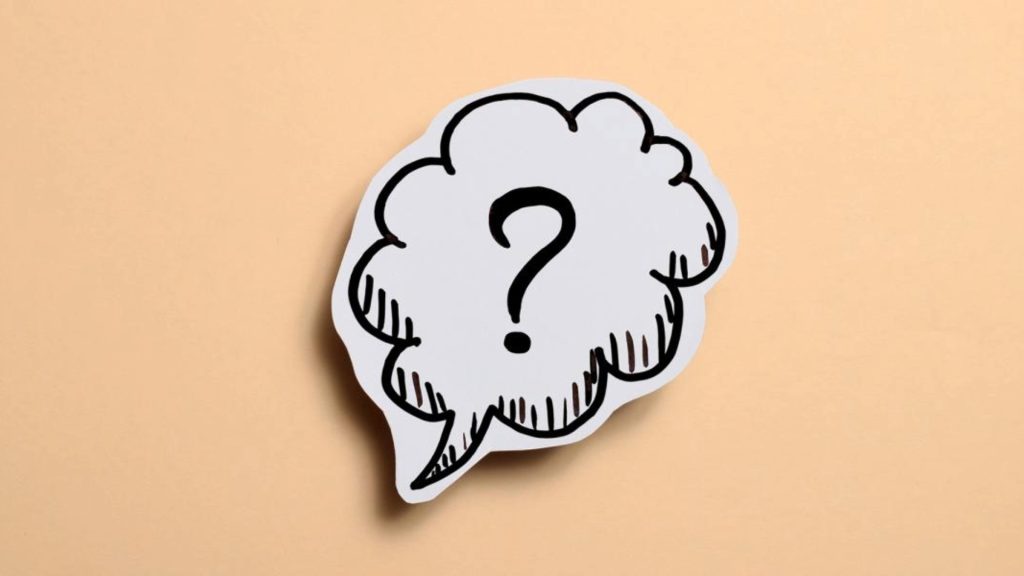
A) a border between two sovereign states
B) imaginary lines that stretch from pole to pole
C) elevation above sea level
D) imaginary lines that run parallel to the Equator
A7. B) imaginary lines that stretch from pole to pole
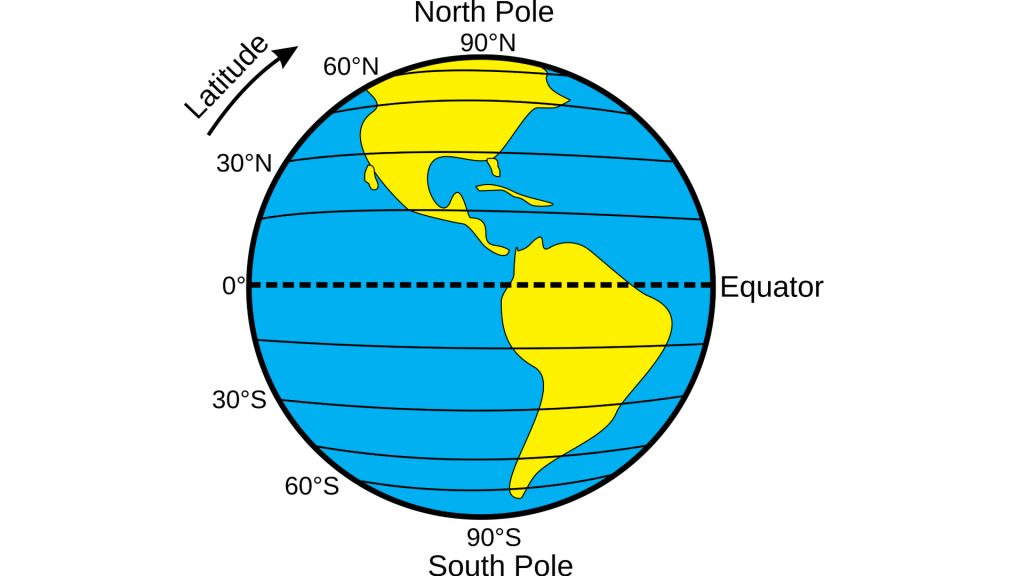
Insight: Latitude measures the distance of a location north or south of the equator. Latitude influences climate, weather patterns, and daylight hours.
Q8. A man paid $4,000 for a farm and then sold it for $4,500. What percentage of the profit did he make?

A) 10 percent
B) 15 percent
C) 25 percent
D) 12.5 percent
A8. D) 12.5 percent

Insight: The man earned $500 profit from his farm, which is one-eighth of the total value of the farm, $4,000. Expressed as a percentage, one-eighth is equal to 12.5 percent.
Q9. Which of the following is not a duty of the United States President?
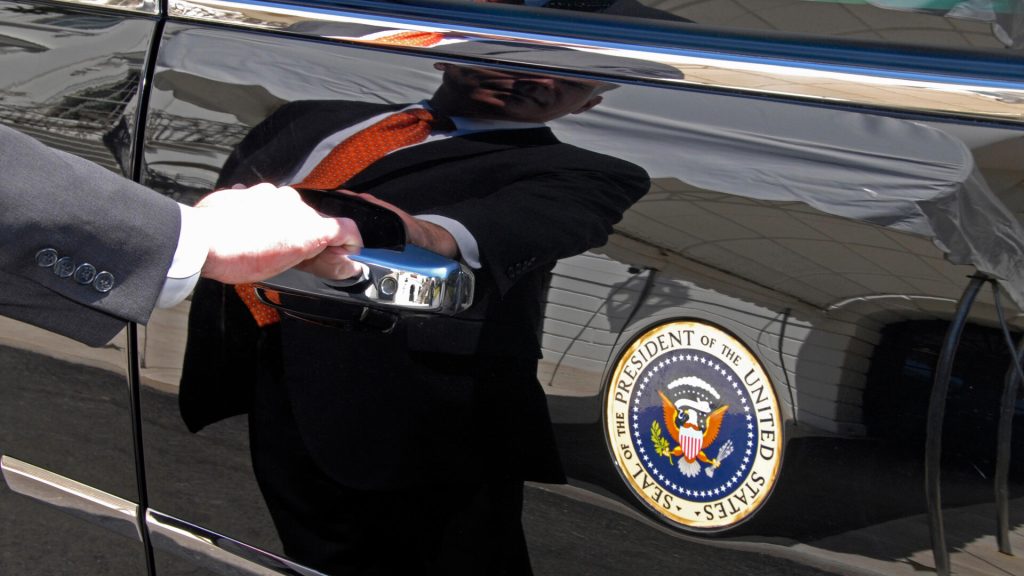
A) declaring war
B) signing or vetoing bills
C) appointing ambassadors
D) enforcing federal law
A9. A) declaring war
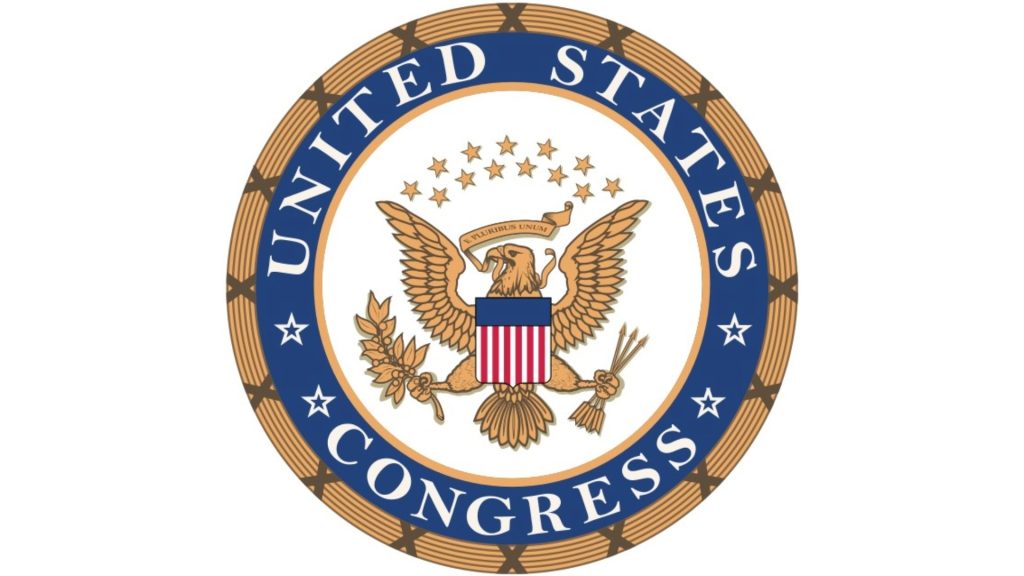
Insight: Although the president is the head of state and is the supreme commander of the armed forces, it’s not his duty to declare war. Congress is the only body in charge of it.
Q10. Hernando de Soto was the first European explorer to see what body of water?
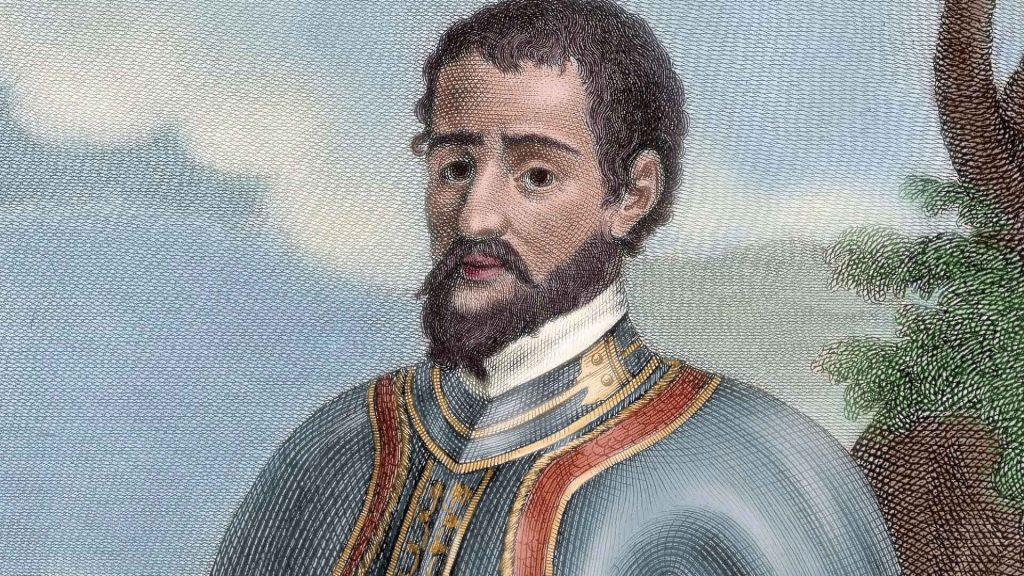
A) the Pacific Ocean
B) the Amazon River
C) the Mississippi River
D) the St. Lawrence River
A10. C) the Mississippi River
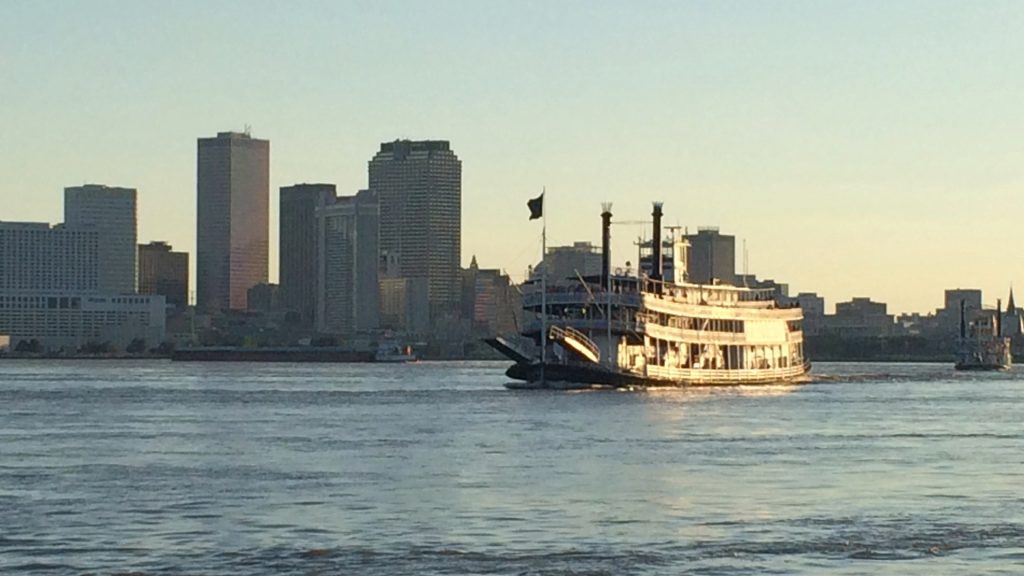
Insight: De Soto and his fellow Spaniards traveled west from Florida in pursuit of riches. While they had not much luck in locating gold, they did discover the Mississippi River.
Q11. Roger Williams founded which of the following colonies in 1636?
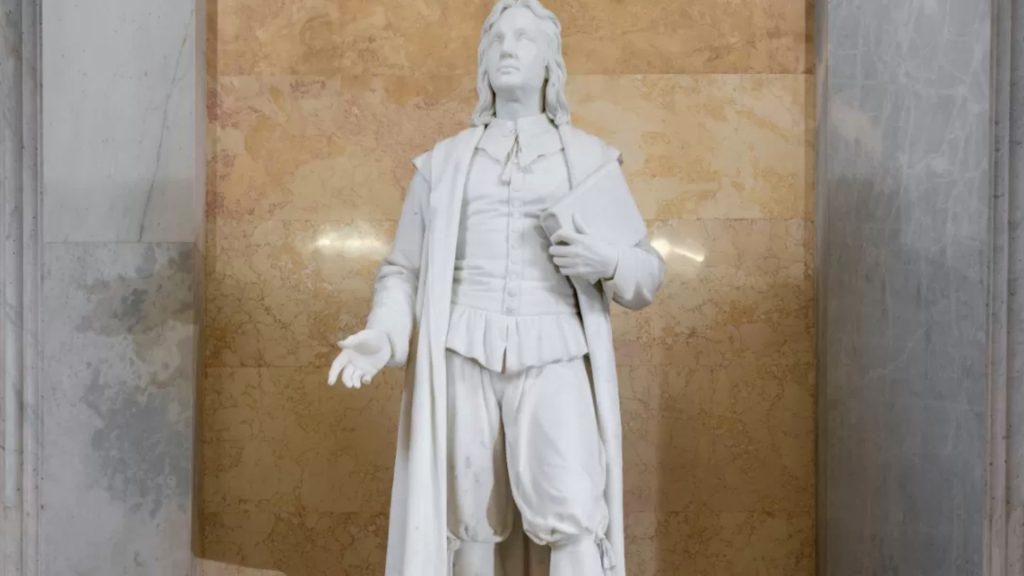
A) Massachusetts
B) Georgia
C) Maryland
D) Rhode Island
A11. D) Rhode Island
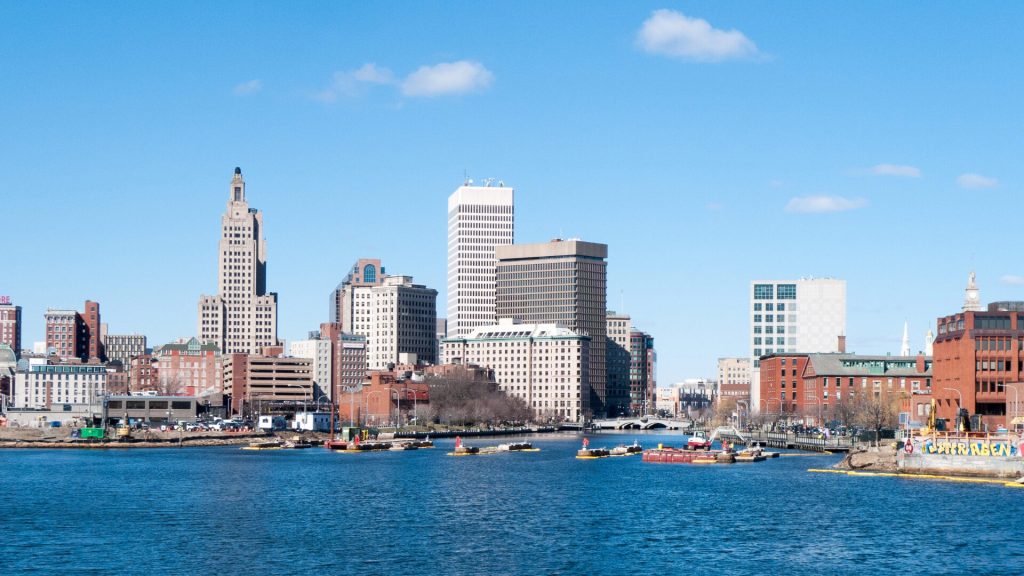
Insight: Roger Williams resided in Massachusetts up until he was exiled for his nonconformist beliefs. Onwards, he found Narragansett Bay, where he established the town of Providence and the Rhode Island colony.
Q12. Which of the following U.S. presidents died in office?
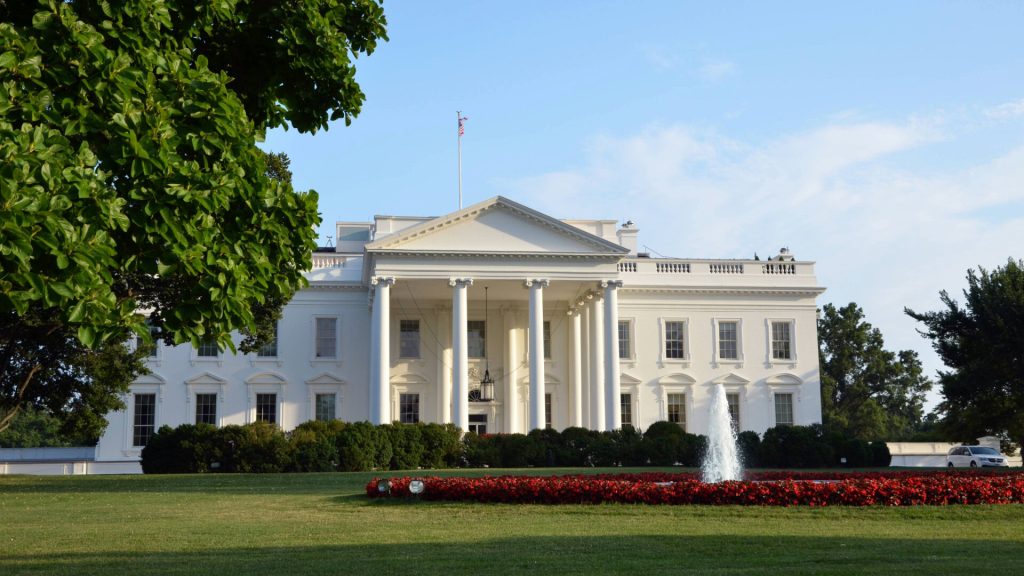
A) Zachary Taylor
B) Andrew Johnson
C) James K. Polk
D) Warren G. Harding
A12. A) Zachary Taylor
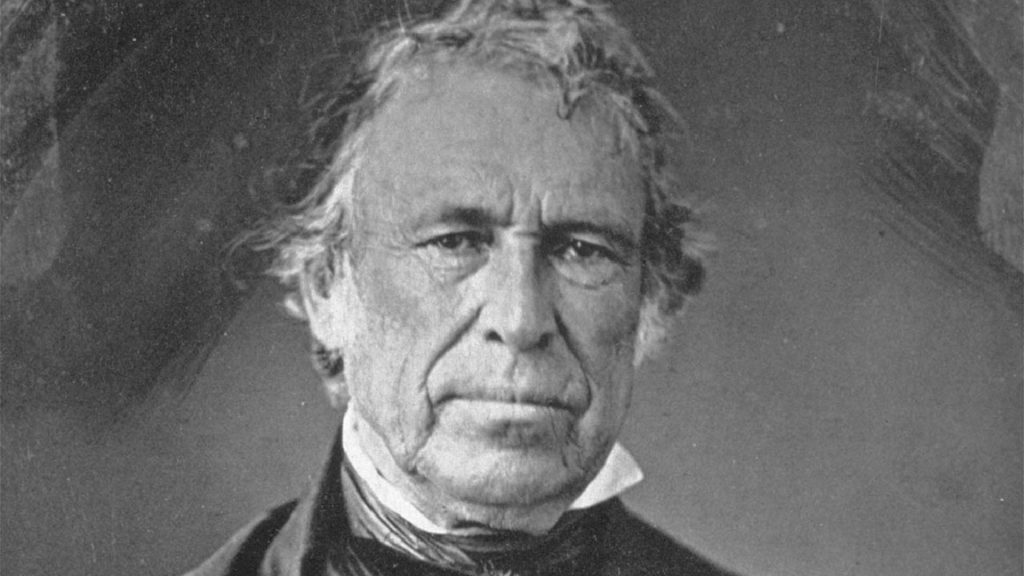
Insight: After barely 16 months in office, President Zachary Taylor died of a severe gastrointestinal ailment in 1850, despite his reputation for good health. Some people believed that pro-slavery conspirators had poisoned him, as he was an anti-slavery Unionist.
Q13. Which gland in the human body is the largest?

A) the pineal gland
B) the thymus
C) the liver
D) the pancreas
A13. C) the liver
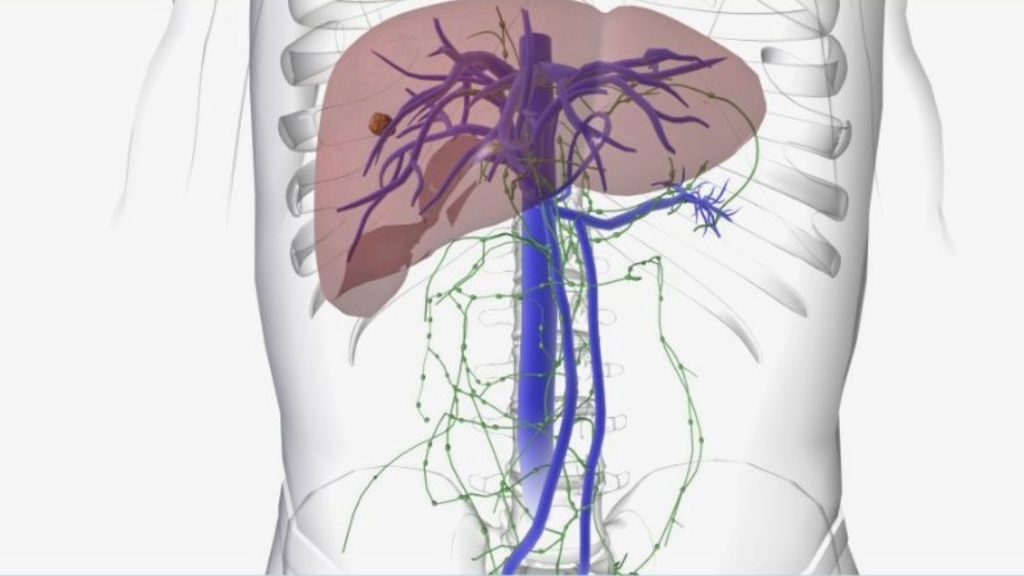
Insight: Because it produces the substances that the body requires, the liver is both an organ and a gland. The liver secretes around one quart of bile daily, which facilitates the body’s detoxification and fat digestion.
Q14. The electric generator was invented by whom?
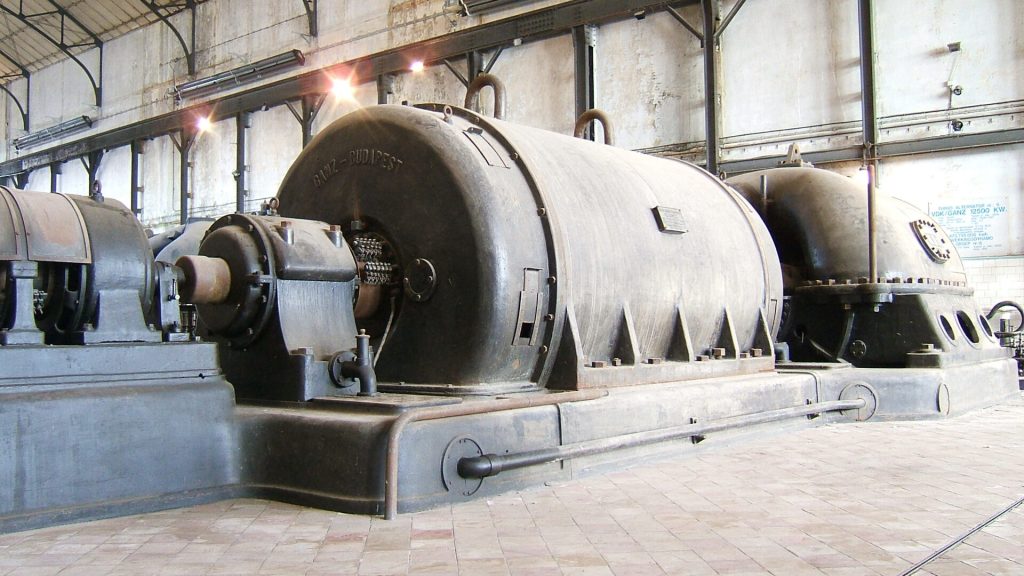
A) Thomas Edison
B) Michael Faraday
C) Samuel Morse
D) Robert Fulton
A14. B) Michael Faraday
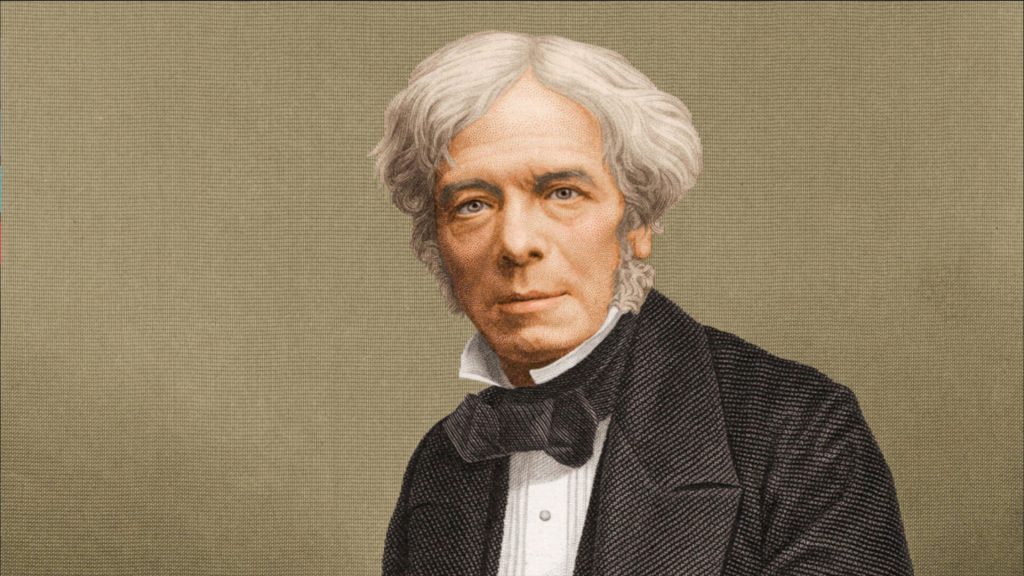
Insight: In 1831, Michael Faraday invented the electric generator, or dynamo. The apparatus created an electrical charge by spinning a metal disc constantly in between a magnet’s poles. These days, almost all power generated is based on Faraday’s theories.
Q15. Where can you locate the Wasatch Mountain Range from the following locations?
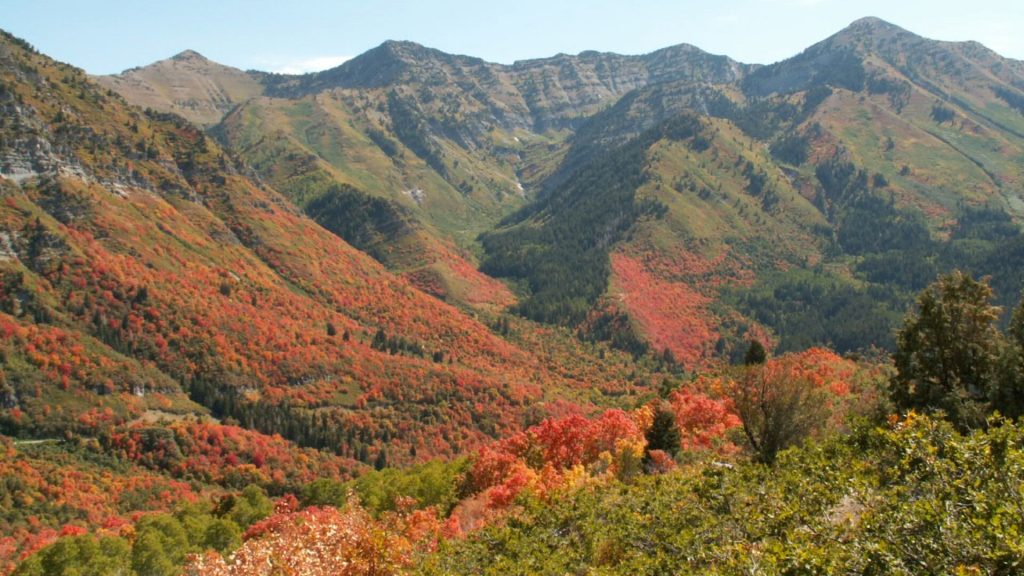
A) Utah
B) Arkansas
C) Yugoslavia
D) Romania
A15. A) Utah
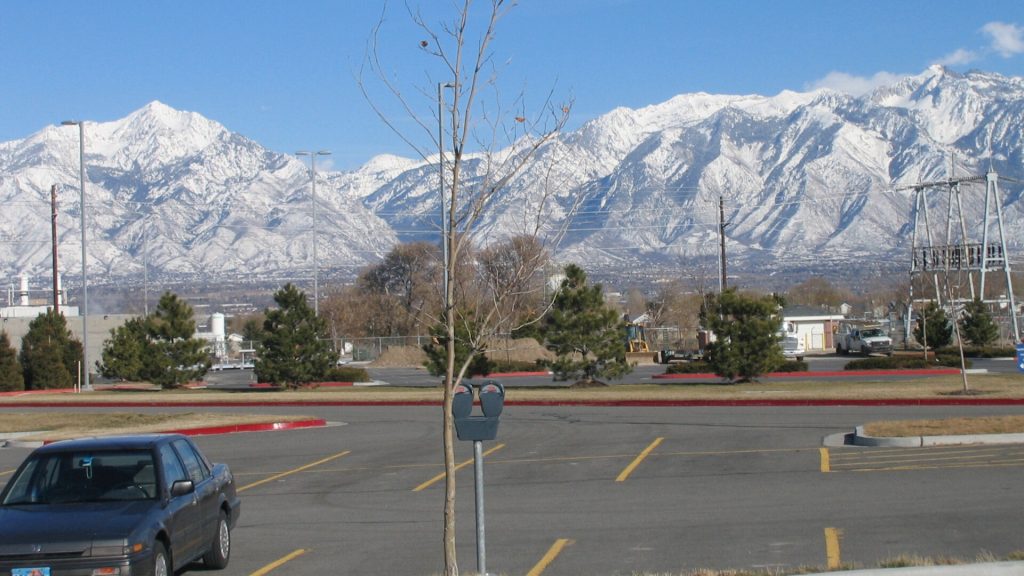
Insight: The Wasatch Range spans approximately 250 miles. The maximum parts of the range are situated in Utah, with a small portion extending into Idaho.
Q16. If a pile of wood measuring 8 by 8 by 16 feet costs $2.00 per cord, how much does it cost?

A) $2
B) $4
C) $16
D) $32
A16. C) $16
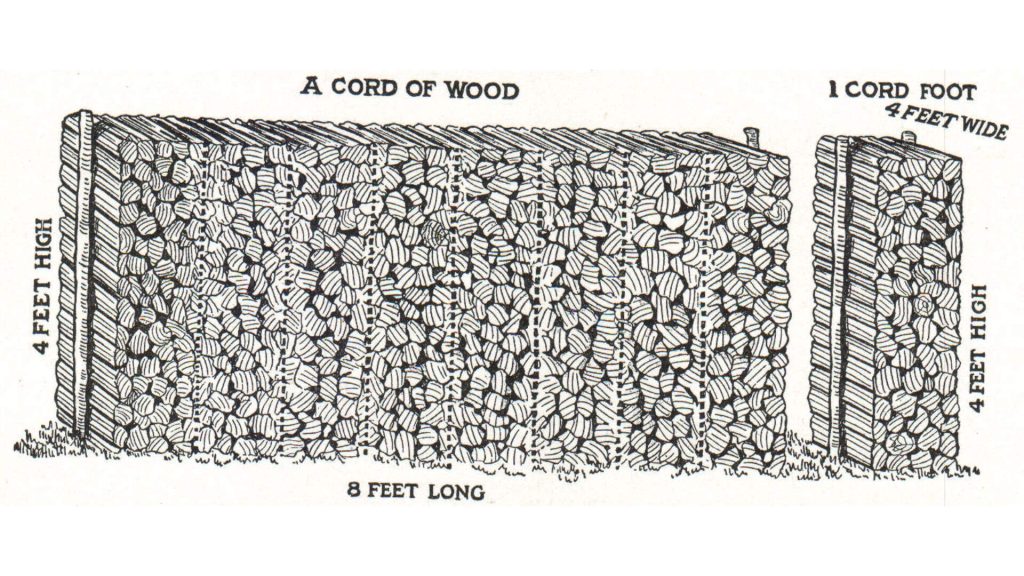
Insight: A cord is 4 × 4 × 8 feet (128 cubic feet). A woodpile with dimensions of 8 × 8 × 16 feet has a volume of 1,024 cubic feet or eight cords. So, 8 × $2 = $16.

